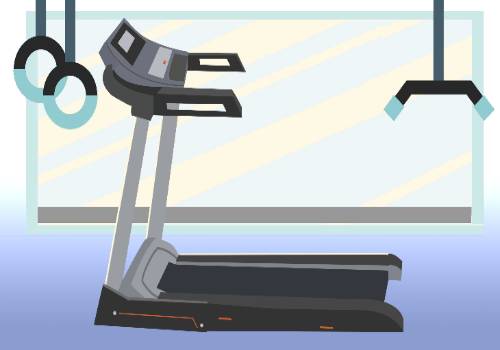天天热讯:Our Playful Environments in the EY at ISNS|ISNS幼儿园提供玩耍的学习环境
In Chapter 3 of Purposeful Play, our Early Years team explored how to design and reflect on the learning environments they create for students.
This chapter highlights that the classroom environment should reflect students’ values, interests, and inquiries. They should be designed to support students’ right to play, while also providing opportunities for skill development.
Within this chapter, teachers also had the opportunity to explore how to structure class meetings to develop a classroom community that includes all student voices and promotes opportunities for collaboration and problem solving.
 (相关资料图)
(相关资料图)
How our EY classrooms
promotestudent agency!
#
K3 Agency in Action
Students have an open area to access to the arts and crafts. They are able to choose what they want to make and how they want to make it.
In this photo, a student has chosen to use glitter. In order to use the glitter, they have found a lolly stick to pick up and move the glitter to their desired position. The student recognized that the glitter did not stick and decided to use glue to help the glitter stick. All without teacher input or support. The student was able to use the tools available to them, solve problemand create great artwork
#
K4 Agency in Action
We inquired into different fruits and veggies by smelling and tasting it! As the students brought their own ideas from home, they were actively engaged. We decided what and who will bring those to class. These small actions for learning can be a tiny seed for their agency!
#
K5 Agency in Action
In K5, students choose their class job for the week.
What do our teams want you
toknow from this chapter?
K3
“Our environment is more than just the physical setup, though that is part of it. It is also the emotional atmosphere we generate in our classrooms and the teaching decisions we make.” (27)
We strive to create an environment that encourages students to explore their world. We help students feel comfortable getting messy and making mistakes. Students know when they can be silly and when they need to focus. Providing an anxiety-free, open-ended atmosphere that encourages agency is as essential as a physically open and organized classroom.
Provide your child with an area at home that is conducive to exploration. It can be a small corner or an open area. Let your child know this is a place that welcomes his or her ideas and imagination. This place does not care about getting the right answer. It cares about the process to get that answer. Learning is about the journey and not the destination.
K4
" Play isn"t made better by toys: it"s made by possibilities." Continue to reflect to ensure every place has a purpose and students can feel that they are the ones who can create and make suggestions about the environment. What does a beautiful classroom mean for us? Do we have eyes to see the learning environment from the student"s perspectives? Does the learning environment speak with STUDENT"s languages? We all are and should question ourselves as educators.
K5
The classroom environment is the third teacher of the child. The classroom and school setting should be flexible with the understanding that modifications will need to be made frequently throughout the year as children grow and develop.“In order to act as an educator for the child, the environment has to be flexible: it must undergo frequent modification by the children and the teachers in order to remain up-to-date and responsive to their needs to be protagonists in constructing their knowledge.”
Our Classroom Favourites!
Mr. Seen
Students love our couch and the little space between the couch and our library. It’s a cozy space to read together or just sit down and talk about whatever comes to mind. It’s the most popular place after snack time and before nap time.
Ms. Sandy
Our favourite part of the classroom is the chairs; we like to sit down, play guitar, or read.
Ms. Kim
it is hard to choose one spot, but the Loose Parts center is one of our favourite spots. In this beautiful space, students make stories as they build structures. When someone has low confidence to draw, loose parts release the stress they might have, and they freely build. With a question, it can be a great math center, and construction area. It can be turned into literacy and storytelling, dramatic play, numeracy, mathematics and science; we can see our classrooms becoming more complex. Students in the Loose Parts center can create it as a new place every time and whenever they visit. It supports invention, divergent thinking, problem-solving and offers a sense of wonder to children. And finally, this flexible open play will let the children see the world as their loose parts! Creativity is not always from opening a fancy new toy!
Ms. Judy
I like the library corner where children can enjoy quiet time and read books together. Some children love to read alone, while others enjoy reading to others.
Mr. Daniel
A sensory table is a great way for children to learn how to independently explore the world around them, problem-solve, develop creativity, and refine conversational skills. I love making sensory tables for my students and I discover every time that the possibilities for learning are endless, and my students love exploring them.
Ms. Lulu
Students love the center part of the classroom - around the Christmas trees






















 营业执照公示信息
营业执照公示信息